Are there any ume fruits in your umeshu?
Recently, with umeshu’s popularity rising quickly both in Japan and internationally,
the world’s umeshu breweries are pumping out nearly 2 times as much umeshu as before.
Yet somehow, the world’s production level of ume fruits has only grown by a measly 8%.
If umeshu truly comes from ume fruits, then the math doesn’t add up. So what’s going on?
The shocking truth is, not all umeshu contains ume fruits.
When you visit a liquor store, you can easily find a wide variety of umeshu products.
Some makers use non-ume ingredients– namely artificial flavours, colours, and other additives–
to enhance or emulate the flavours of a real, authentic umeshu.
Needless to say, this kind of umeshu is not made using traditional Japanese methods.
Inauthentic umeshu might look normal, but the taste and aroma can’t compete with that of real umeshu.
Also, because ume fruit is such a nutritious food packed with vitamins and antioxidants,
settling for an inauthentic chemical-laden drink means missing out on all the health benefits of drinking umeshu.
As consumers and umeshu lovers, how can we make sure we’re buying the real stuff?
Thankfully, there is a clear standard for umeshu authenticity in Japan called “Honkaku”, or “本格” in Japanese.
Only umeshu made with traditional ingredients (ume fruits, sugar, and distilled alcohol)
and zero additional additives can print this text on its label.
When you buy umeshu, look for the Honkaku text on the bottle label to make sure you’re buying real, pure umeshu.
CHOYA PRODUCTS
CHOYA
CHOYA
CHOYA
CHOYA
CHOYA
CHOYA
CHOYA
CHOYA
CHOYA
CHOYA
CHOYA
CHOYA
CHOYA

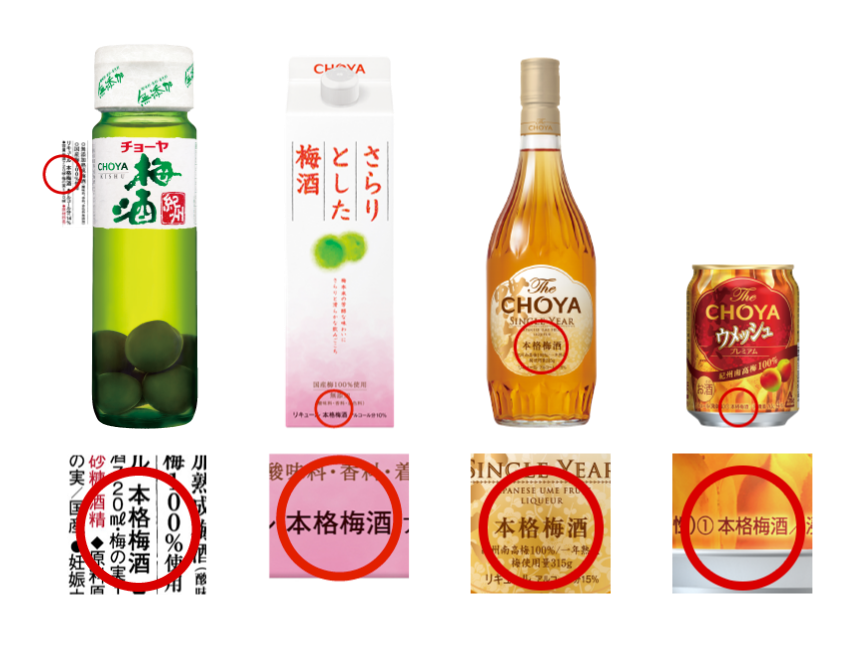
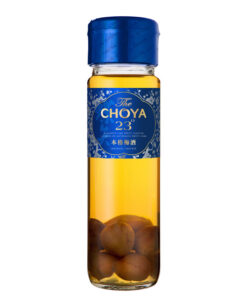
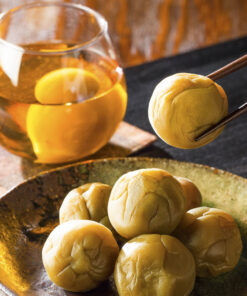
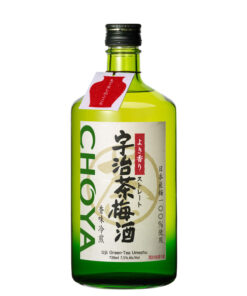
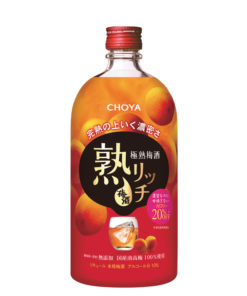
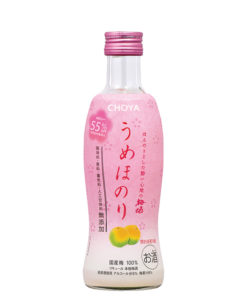
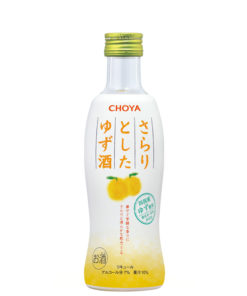
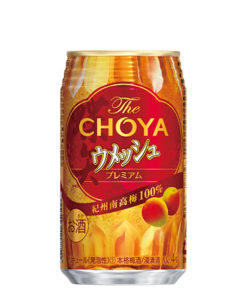
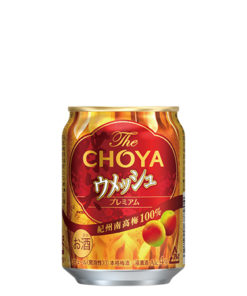
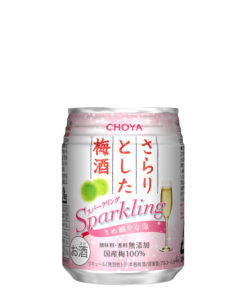
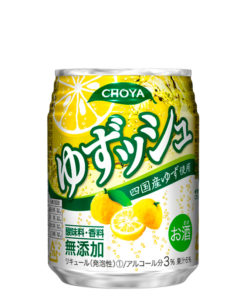
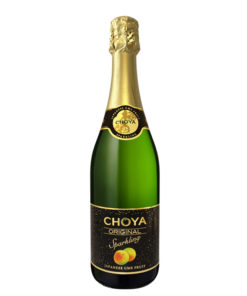
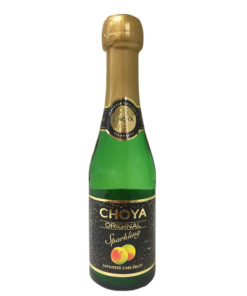
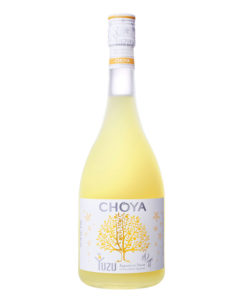
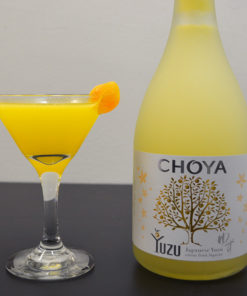
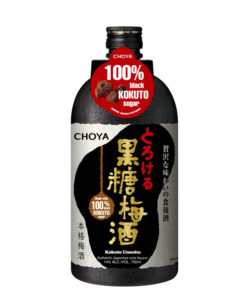
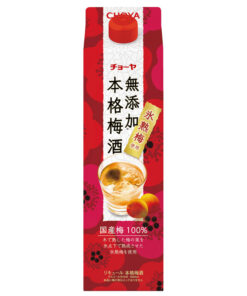
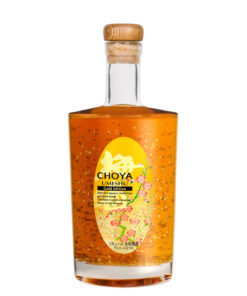
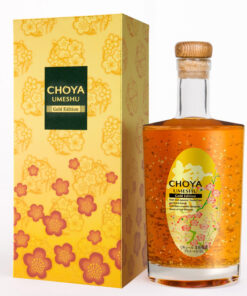
RECOMMENDED ARTICLES
SAKE & FOOD PAIRING
Pairing SAKE with Chocolate?
Information Pick Up SAKE
CHOYA’s Gold Edition Umeshu has Finally Arrived in Canada!
SAKE & RESTAURANT
Guu Davie
Sake article kanpai!
Sake Fest Vancouver 2017